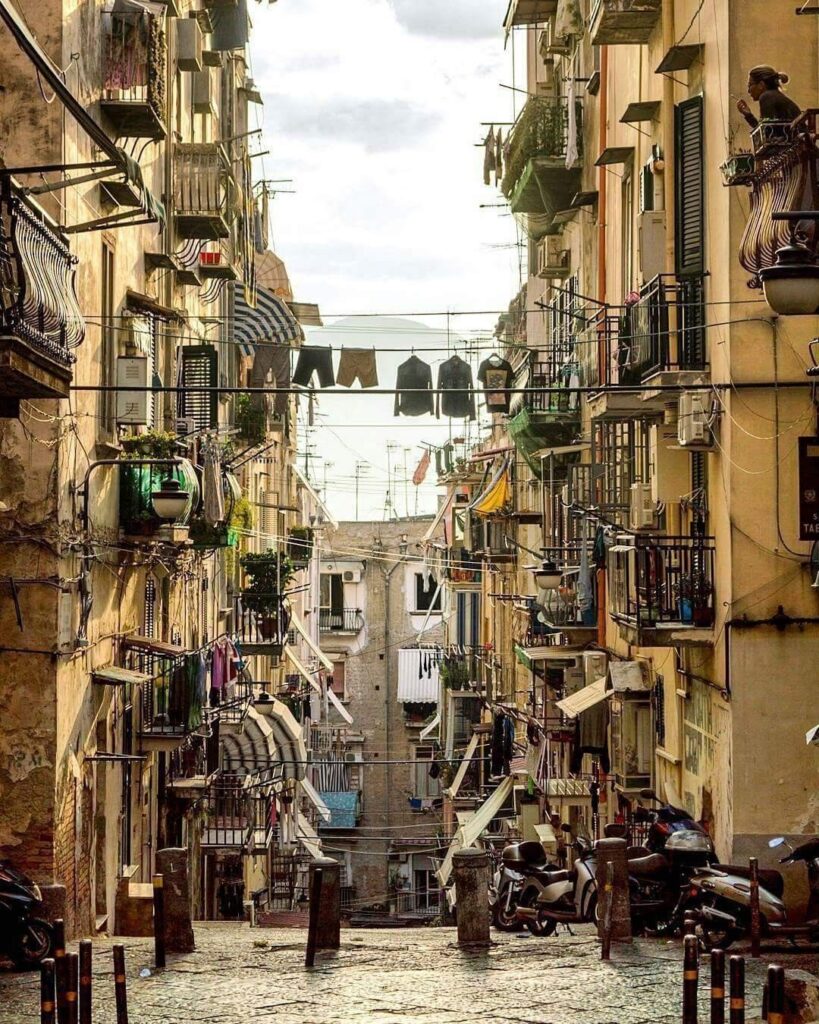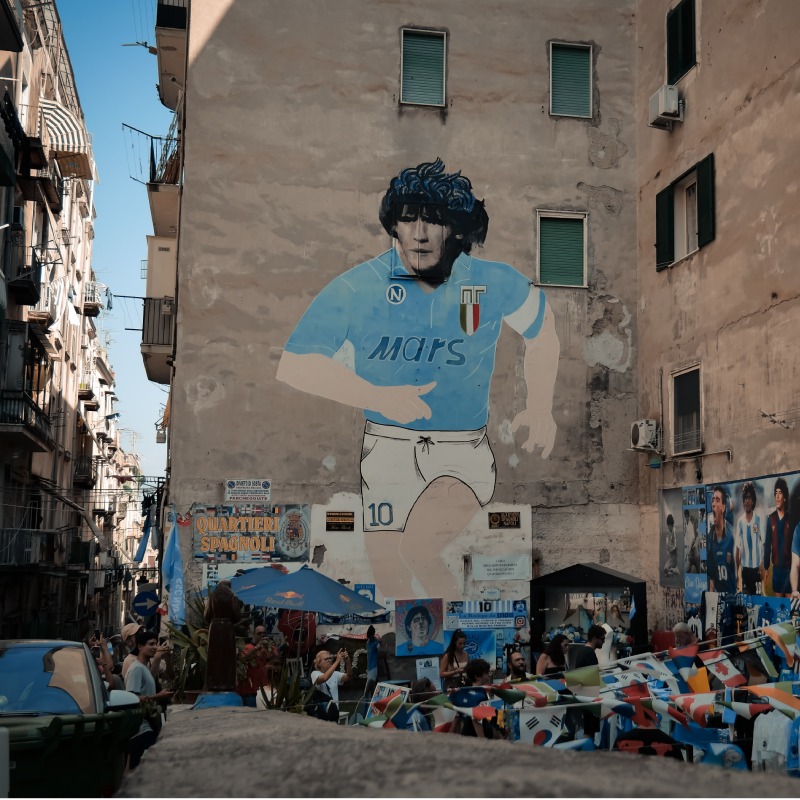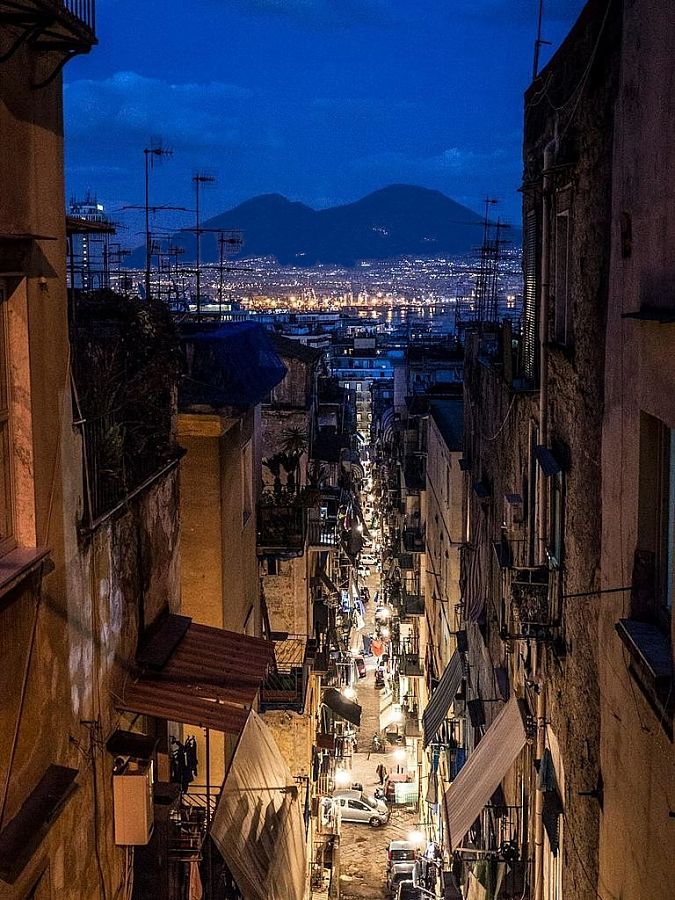Naples is one of the most famous cities in the world for its beauty, geographical location, intrinsic life, folklore, and hospitality of the people. The warmth of the sun and the people is reflected everywhere. It has been a land of conquest by numerous foreign dominations, and the one that left its deep mark was the Spanish domination.
That is evident in the layout of its “Quartieri Spagnoli”. These neighborhoods were established in the 16th century in response to the presence of Spanish military troops.
They were built as a camp for Spanish troops starting from 1536, initiated by Don Pedro Alvarez de Toledo y Zuniga (Viceroy of Naples from 1532 to 1553). From the outset, the Spanish presence in this area was marked by violence, crime, and prostitution, but over time, the Neapolitans transformed the military citadel into the heart of the city.
They are one of the most characteristic areas of the city, presenting themselves as an intricate network of narrow streets and alleys. Here, the alleys are called “vichi,” and street signs are often handwritten.
The “Quartieri Spagnoli” consist of three neighborhoods: San Ferdinand, Avvocata, and Montecalvario. The general chaos is synonymous with life: colorful and bustling neighborhoods, with tall buildings connected by ropes used for hanging laundry, perhaps the most iconic image of Naples and the always-open windows seem to invite passersby to peek inside.

Recently, the alleys of the neighborhood have been adorned with street art. We’re talking about over 200 works by Cyop and Kaf, which illuminate the battered walls and doorways of the Quartieri’s houses. Street art is thriving in the narrow lanes and vicarielli (small squares) of the “Quartieri Spagnoli” in Naples. Many of the walls in the historic center have been transformed into true masterpieces to admire.

In Via Portacarrese in Montecalvario, within the Quartieri Spagnoli, there are works of art dedicated to Antonio de Curtis, known as Totò, Nino Taranto, and Peppino De Filippo. Thanks to this initiative, the alley has now been named Vico Totò.

The streets of the Quartieri Spagnoli run parallel to Via Toledo or climb upward towards Corso Vittorio Emanuele, the road that connects Mergellina with the National Museum. While strolling through these narrow lanes, it’s easy to come across small craft shops specializing in both old and new trades or trattorias where you can savor Neapolitan specialties in simple surroundings. As you walk along the streets of the Spanish Quarter, you can also notice the famous “bassi napoletani” – large rooms comprising a kitchenette, bathroom, and bed, facing the street and offering a glimpse of daily life to passersby.
For finding truly unique products, there is the food market of Rione Pignasecca: a must-visit if you want to immerse yourself in Neapolitan culture.
The Spanish Quarter has served as the backdrop for many famous films, including “Filumena Marturano,” “Operazione San Gennaro” directed by Dino Risi, and “Marriage Italian-Style” directed by Vittorio De Sica.
In conclusion, in Italy but with strong Spanish characteristics and traditions.
Top of Form
